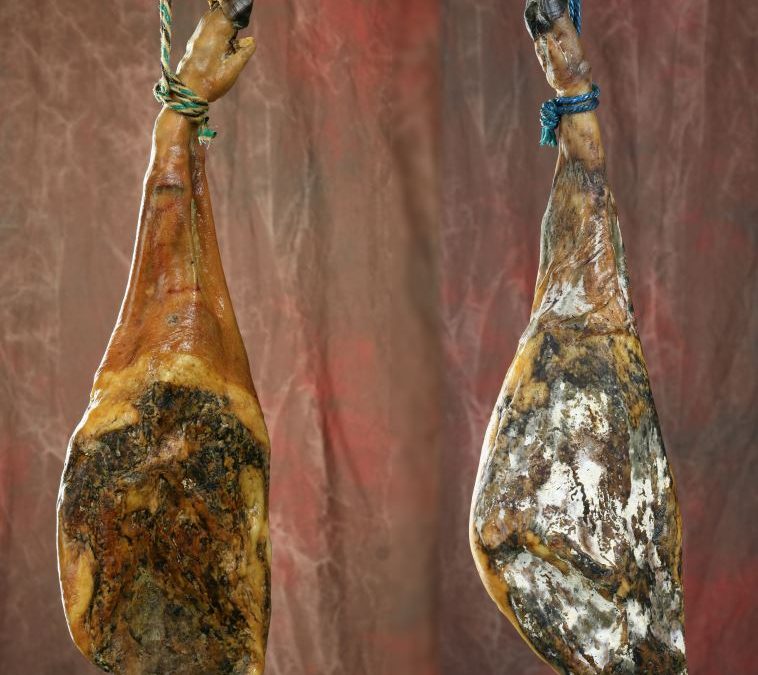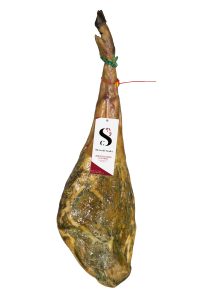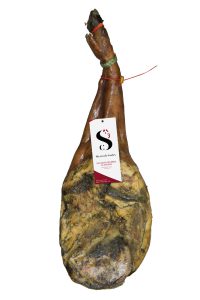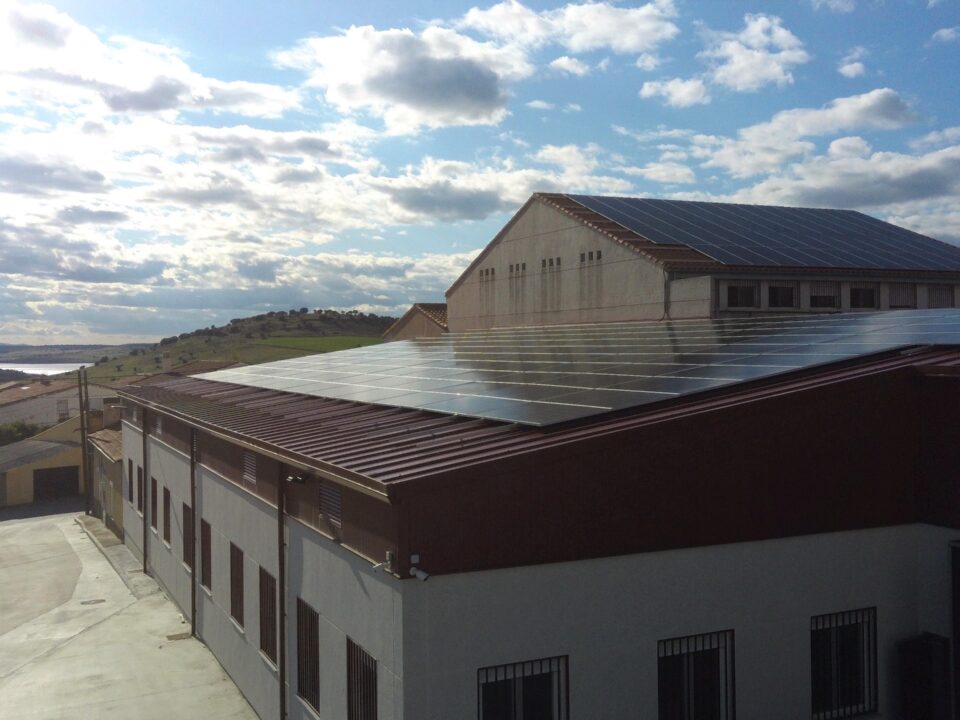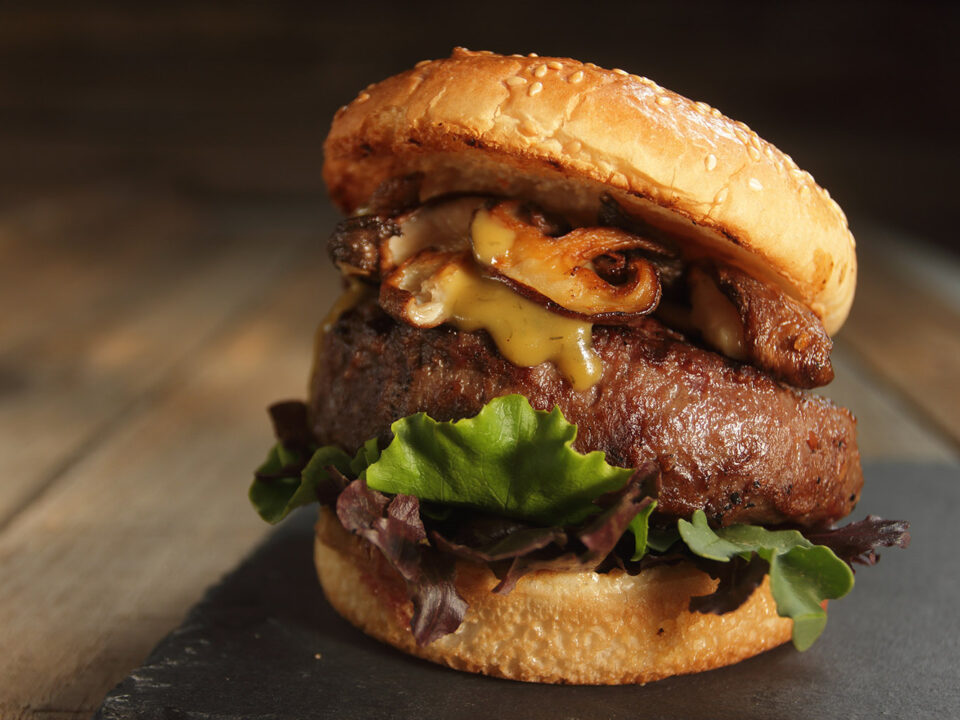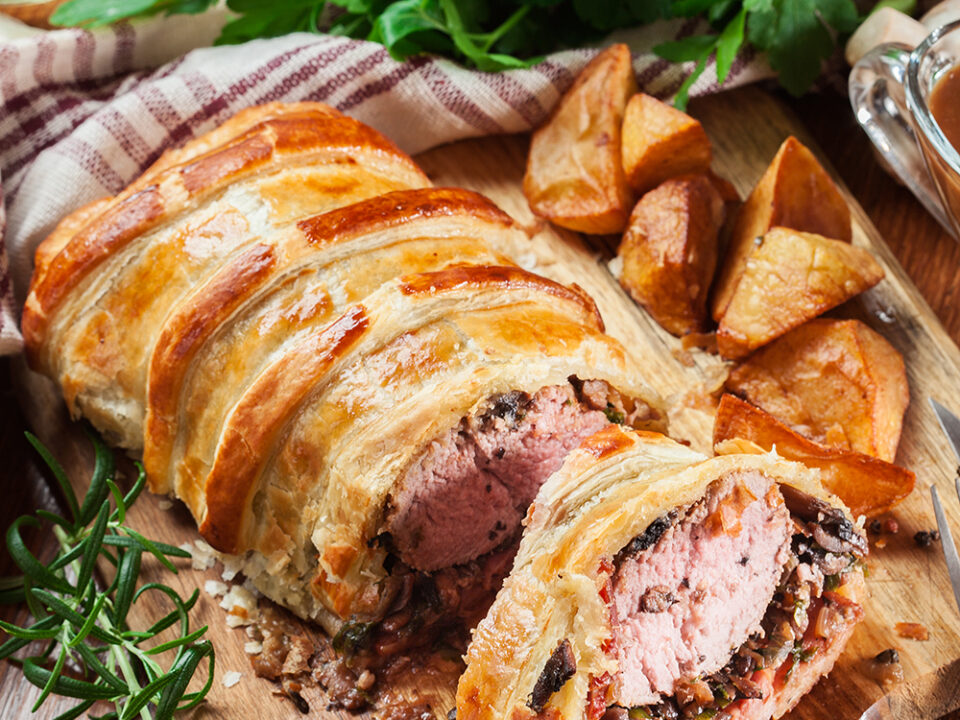Ibérico Ham and Ibérico Shoulder Ham, independently of their category, are respectively the hind and front legs of an Ibérico pig, which following an adequate curing period result in two products of extreme quality and apparently quite similar.
Sierra de Codex Ibérico Ham, Cebo de Campo Ham (pastured and grain fed) or Cebo Ham (grain fed) are obtained from the hind leg of the Ibérico Pig and tend to weigh somewhere between 7 and 9 kilograms. Meanwhile the Acorn Fed Shoulder Ham, Cebo de Campo Shoulder Ham or Cebo Shoulder Ham is obtained by curing the Ibérico pig’s front legs, “the arms so to say” and these tend to weigh between 4.5 and 6 kilograms.
So similar that they are and yet there are champions of both one and the other. So, where is the difference to be found?
Beyond the different muscle constitution of each extremity, which despite being different is still quite similar, the main variation between Ibérico Ham and Ibérico Shoulder Ham resides in the different size. The larger the limb the longer the curing period, thus if a Sierra de Codex Acorn Fed Ibérico Ham requires 34 months for its curing, the shoulder ham obtained from the same acorn fed Ibérico pig will require an approximate curing period of between 18-20 months. This has an influence on the flavor of the shoulder ham, as it is far more intense, while in turn the Ibérico Ham gradually develops a series of hues and nuances of flavor that only appear over time.
Also, the Ibérico shoulder ham has a proportion of fat that is slightly higher and it is precisely the fat that acts as the main propeller of the flavors found in food, thus this factor helps to boost this more intense flavor effect.
And why the difference in price per kilogram?
The first reason why the shoulder ham is more economical than the Ibérico ham of its same category is that, literally, time is gold. Curing of Ibérico products is a complex process that requires constant supervision and many time consuming tasks such as washing, oiling, cellar or drying room changes, which all depend on the exact point of maturation and curing. As is logical these same tasks and the same occupation of space during 36 months is costlier than it is during 20 months.
Another thing that has an effect on the price (in whole pieces) is the proportion of product that can be used in comparison with the bone and surface fat that can only be used in the kitchen. In this regard the yield from a ham can vary between 10 and 20%, thus the whole shoulder ham is also less costly per kilogram than the whole Ibérico ham.
- Acorn Fed Ibérico Ham
- Acorn Fed Ibérico Shoulder Ham
Two extraordinary products
At any rate, both are extraordinary products, enjoying worldwide fame and winning over palettes everywhere they go. Two ambassador products that beautifully represent the gastronomic wealth of our country wherever they may go. And how about you…do you go for the shoulder ham or the ham?


